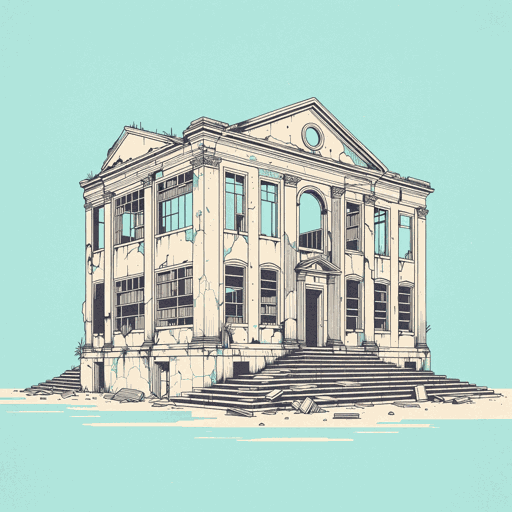36 pages • 1 hour read
Jamaica KincaidA Small Place
Nonfiction | Essay / Speech | Adult | Published in 1988A modern alternative to SparkNotes and CliffsNotes, SuperSummary offers high-quality Study Guides with detailed chapter summaries and analysis of major themes, characters, and more.
Pages 23-37Chapter Summaries & Analyses
Pages 23-37 Summary
Kincaid describes her own experiences of Antigua. For her, modern Antigua differs significantly from the Antigua of her childhood because the English are no longer in power. Antigua’s infrastructure, however, still carries remnants of this time. Kincaid remembers the streets named after “English maritime criminals” (24) and how the center of colonial business, High Street, houses colonial-era buildings like the library, post office, government house, and court. One institution the British left behind that makes Kincaid particularly angry is Barclays Bank. The Barclay brothers got rich through the slave trade and then used their profits to open Antigua’s bank, becoming even richer by loaning this slave-era money to newly free Black Antiguans. In Kincaid’s eyes, the reason that English colonizers did so much damage was that they wanted to make every colony just like England—but they also never let the people they colonized forget that they weren’t in England and that they weren’t truly English.
Kincaid derides another institution, the Mill Reef Club, which white tourists use as a private club to visit Antigua without having to see any Black Antiguans. The only Black Antiguans allowed in the club are servants.
Related Titles
By Jamaica Kincaid
Featured Collections
A Black Lives Matter Reading List
View Collection
Afro-Caribbean Literature
View Collection
Black History Month Reads
View Collection
Books on Justice & Injustice
View Collection
Challenging Authority
View Collection
Class
View Collection
Class
View Collection
Colonialism & Postcolonialism
View Collection
Common Reads: Freshman Year Reading
View Collection
Creative Nonfiction
View Collection
Education
View Collection
Hate & Anger
View Collection
Memoir
View Collection
Politics & Government
View Collection
Power
View Collection
Truth & Lies
View Collection
YA Nonfiction
View Collection





